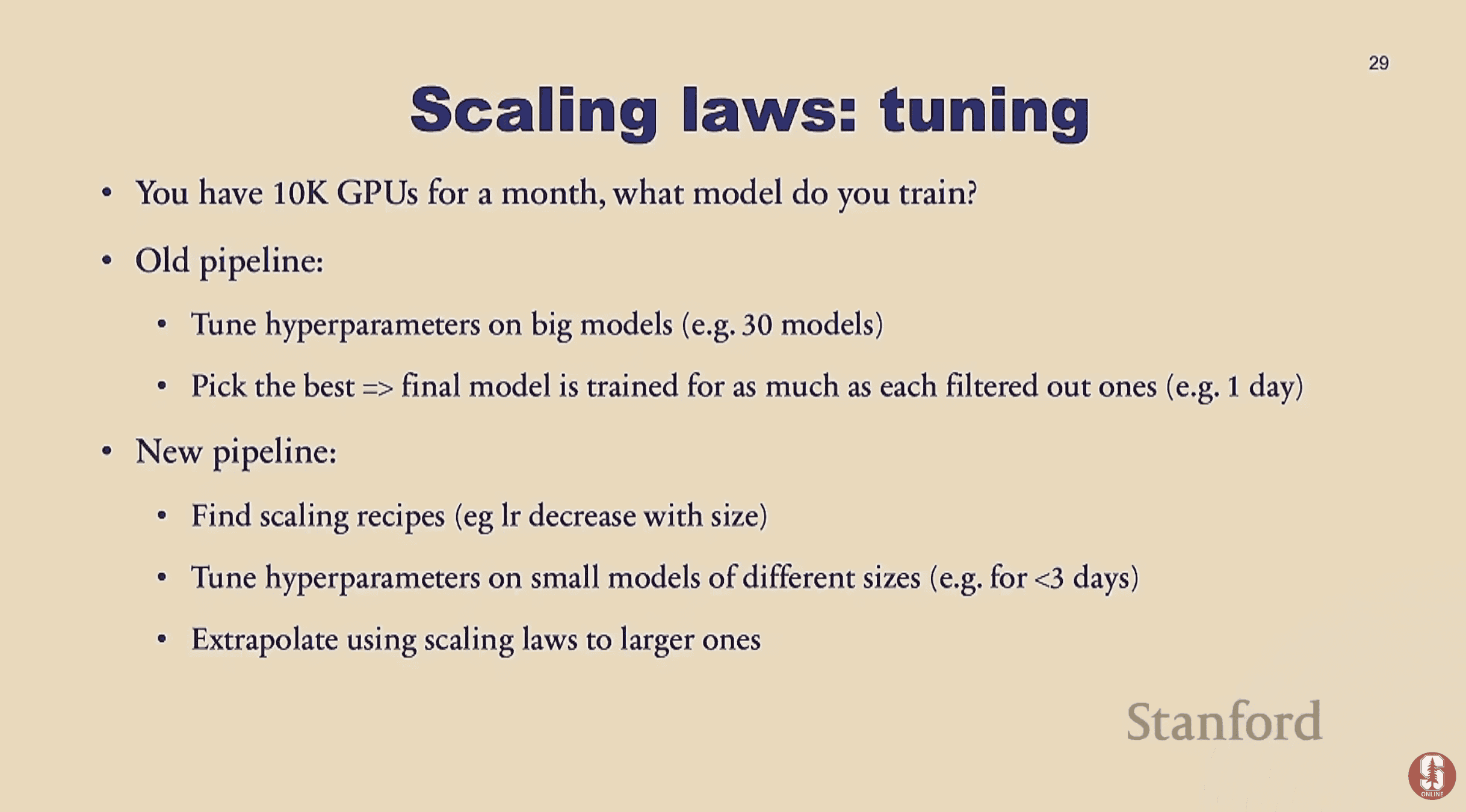I’m taking a an AI Engineering course and capturing some notes and resources as a go. This week I was trying to understand how tokenizers handle multi-byte characters, like emojis and Chinese characters.
Tokenizers #
Modern LLM tokenizers like BPE typically handle multi-byte characters in one of two main ways:
Byte-Level BPE (Most Common) #
The most popular approach, used by GPT-2/3/4 and many others, operates directly on bytes rather than characters:
- UTF-8 encoding first: Multi-byte characters like 🤖 or 漢 are first encoded into UTF-8 bytes
- Byte-level vocabulary: The tokenizer treats each byte (0-255) as a base unit
- Merges learned from data: BPE then learns common byte sequences from training data
Example: The emoji 🤖 encodes to 4 UTF-8 bytes: F0 9F A4 96
These might initially be 4 separate tokens If this emoji is common in training data, these bytes might merge into a single token If it’s rare, it stays as multiple byte tokens
Advantages of Byte-Level Approach #
Universal handling: Can represent any UTF-8 text, even invalid unicode Fixed vocabulary size: Only 256 base bytes plus learned merges No unknown tokens: Everything can be encoded somehow
The Challenge #
Multi-byte characters often get fragmented:
- Common Latin characters: usually 1 token
- Kanji/Chinese characters: often 2-3 tokens each
- Emojis: typically 1-4 tokens
This creates inefficiency for non-English text
Modern Improvements #
Newer tokenizers address this:
- GPT-4’s tokenizer: Better merges for common CJK characters and emojis
- SentencePiece (used by LLaMA, T5): Can work at character level with normalization
- Training on diverse multilingual data helps the model learn useful merges for common multi-byte sequences
The key insight is that byte-level BPE is language-agnostic but can be inefficient for scripts that use many bytes per character.
Scaling LLMs #
There’s a section of the Stanford CS229 course lecture on scaling LLMs that deals with a specific question:
You have 10K GPUs for a month. Which model should you train?
The concept count is high, but it’s a practical example of how companies building LLMs make decisions about model size and training time.

Resources #
Collecting linked resources from Week 1 of the AI Engineering Course from ByteByteAI.
- AI Index: State of AI in 13 Charts: https://hai.stanford.edu/news/ai-index-state-ai-13-charts
Training Data Sources #
- Does Anthropic crawl data from the web, and how can site owners block the crawler?: https://support.anthropic.com/en/articles/8896518-does-anthropic-crawl-data-from-the-web-and-how-can-site-owners-block-the-crawler
- GPT2 paper: https://cdn.openai.com/better-language-models/language_models_are_unsupervised_multitask_learners.pdf
- Common Crawl: https://commoncrawl.org/
- Tensorflow C4: https://www.tensorflow.org/datasets/catalog/c4
- HuggingFace C4: https://huggingface.co/datasets/allenai/c4
- Dolma: https://huggingface.co/papers/2402.00159
- Dolma paper: https://arxiv.org/pdf/2402.00159
- RefinedWeb: https://arxiv.org/abs/2306.01116
- FineWeb: https://huggingface.co/spaces/HuggingFaceFW/blogpost-fineweb-v1
Controlling Data Inputs #
- URL filtering blocklist: https://dsi.ut-capitole.fr/blacklists/
Tokenization #
- Byte Pair Encoding (BPE):
- BPE visualization: https://process-mining.tistory.com/189
- HuggingFace BPE: https://huggingface.co/learn/llm-course/en/chapter6/5
- HuggingFace Llama3: https://huggingface.co/docs/transformers/en/model_doc/llama3
- Tokenization
- Tiktokenizer: http://tiktokenizer.vercel.app/
- Tiktoken library: https://github.com/openai/tiktoken
Transformers #
The heart of modern LLM.
- Attention is All You Need: https://arxiv.org/abs/1706.03762
- The illustrated Transformer: https://jalammar.github.io/illustrated-transformer/
- Llama 3 paper: https://arxiv.org/abs/2407.21783
Fine Tuning #
- Instruction tuning datasets: https://huggingface.co/collections/mapama247/instruction-tuning-datasets-65ddec58a16a00a4c84e5cf1
- Training language models to follow instructions with human feedback: https://arxiv.org/abs/2203.02155
- Alpaca: https://huggingface.co/datasets/tatsu-lab/alpaca